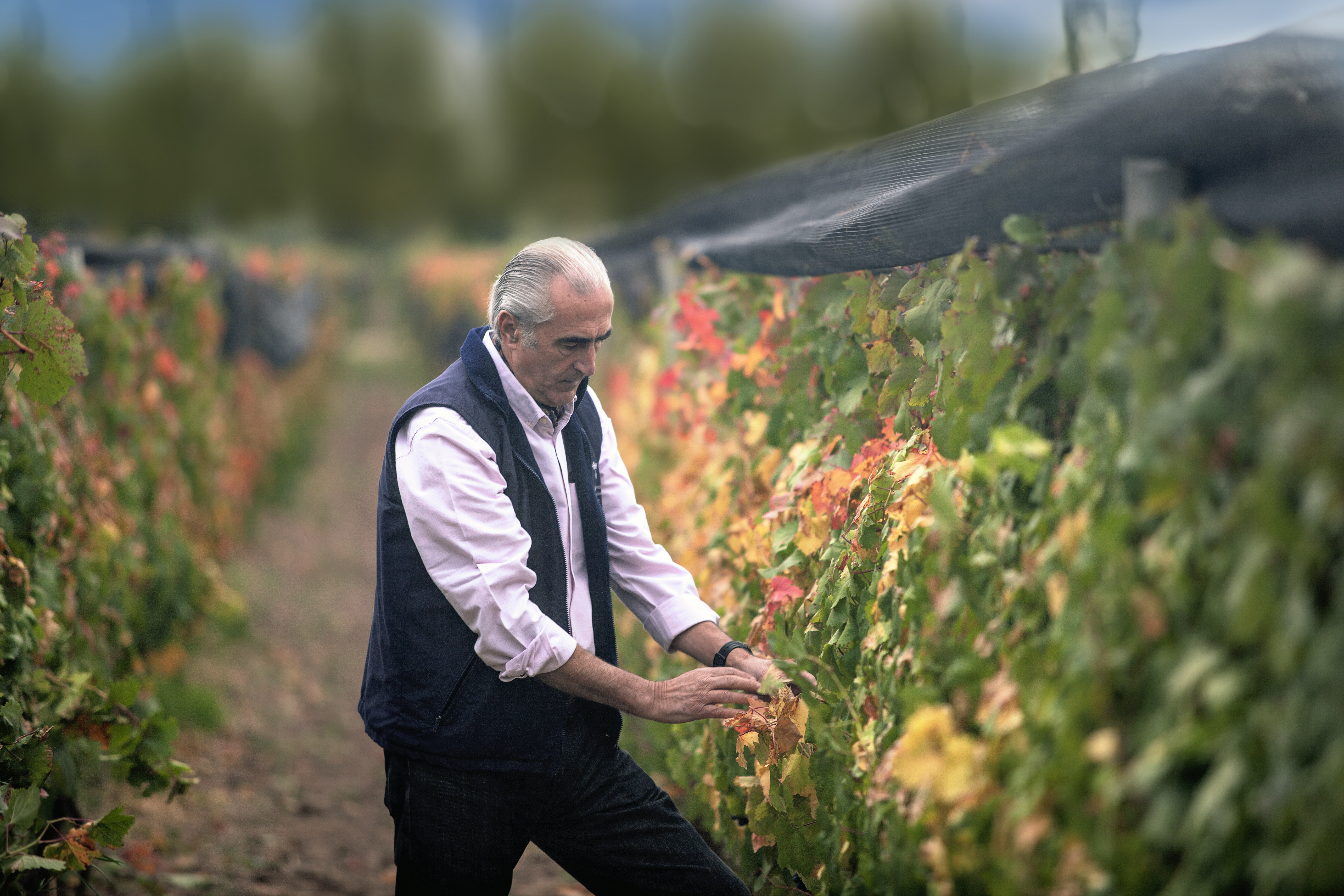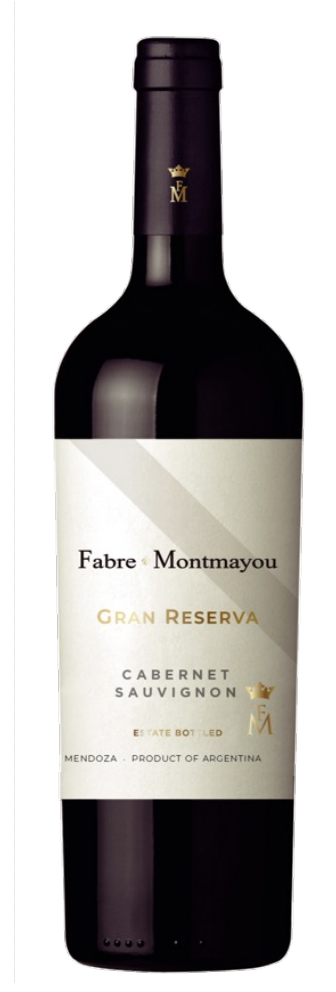He Cabernet Sauvignon It is the most planted red grape in the world, and it has also adapted very well to the various Argentine terroirs. It was her fame as “queen of inks”; thanks to the prestige of Bordeaux wines first and then Napa Valley; made many choose her for their best labels, beyond her indisputable qualities. The issue was that, when going out to play international market With the local wines, the Cabernet argento had to compete with the others, many of which had been being produced for a long time and, therefore, improving, as was the case in Chile. Basically that was what turned the industry’s gaze towards the Malbec.
Today, almost the 3% of the wine that is drunk in the world is from Argentine wines, of which more than 60% are Malbec. And as favorable as the forecasts may be, the reality indicates that there is very little more to grow, unless there is a great change in the consumption habits. However, the portion of Cabernet Sauvignon is 18% of global consumption, and that is the new great opportunity for Argentine wine. Because it has been implanted for a long time, it knows how to handle it very well and, according to its makers, it has a very different character from its international peers, because it comes mainly from desert areas.
Cabernet Sauvignon represents the 5% of the world vineyard, which is equivalent to 340,000 hectares of the 6.8 million that exist. In Argentina there are 13,600ha, almost a third of those of Malbec (45,000). Luckily, there are several wineries that realized they could rescue the sleeping king in time, and the key is to apply all the know-how acquired in recent years with Malbec, to develop better exponents of Cabernet Sauvignon.

It represents 6.6% of the current national vineyard, with Mendoza monopolizing more than 76% (10,750ha), but with a presence in almost all the wine-producing provinces: San Juan, La Rioja, Salta, Catamarca, Neuquén, Río Negro, La Pampa, Córdoba, Tucumán, San Luis, Buenos Aires, Jujuy, Between Rios, Santiago del Estero and Chubut.
It is known that the world of wine is divided into Old and New, while in Europe wines are recognized by their places of origin, in countries like the United States, Chile, Australia and Argentina, for example, they stand out by the strain, the varietal . Although the best exponents come from precise places, vineyards located in the best areas and even plots with soils and exceptional conditions. That is what agronomists and oenologists are focused on today.
Because the idea is not to go out and compete for the prestige or the aging potential of the wines, since that is a very long-term path. But the demanding consumer can be surprised by its own style and character. Because thanks to its geographical location, the vast majority of Argentine wine regions are desert, where Cabernet Sauvignon mature different and it is expressed in a very particular way.

The makers have been working on finding the best terroirs and on how to manage it in a better way to achieve optimum maturity with good natural freshness. The idea is to achieve more supported exponents in the fruit character than in spices and pyrazines; a natural component that this grape develops during over-ripeness.
This has made it possible to achieve wines that are different from those of the past, with more body and volume, firm tannins, but at the same time fine, and a more pleasant drink without losing aging potential. All, by now, offer a consistent quality which shows that it is a traditional variety. But without a doubt, the most interesting thing is what can come. Because if the starting point (qualitative) is high, and there is a way to reflect that “different style” in the glasses, the growth potential is very interesting.
Undoubtedly, it is the most important variety in the world, since its global consumption is 75% red wines. And although this means a very high competitiveness, Argentina has a great chance ahead, without removing the focus from Malbec, rather using it as a key to enter new markets and capture the attention of the consumer, to later show the “new” Argentine Cabernet Sauvignon.

Fabre Montmayou Grand Reserve Cabernet Sauvignon 2018

Fabre Montmayou, Lujan de Cuyo, Mendoza
This classic varietal exponent reaches the market with the necessary stowage. Now with a renewed label, but with its usual elegant style. Of integrated aromas and compact palate, with good grip and supported by black fruit. With something spicy, almost vegetal and a certain tension in its textures, although its drink is friendly. Very first zone, with its pleasant maturity and good potential. With more bottles, the tannins will continue to integrate and the aging will gain delicacies. Drink between 2023 and 2025.
Points: 91.5
Luigi Bosca De Sangre Cabernet Sauvignon 2020

Luigi Bosca Winery, Mendoza $4700
Made from specially chosen plots from own farms located in Las Compuertas, Agrelo, Gualtallary and Altamira, this vintage reflects the character of the vine with a certain maturity, beyond the house’s know-how on the subject. Its aromas and flavors are balanced and of great typicity, black fruits and spices are perceived, well surrounded by notes of aging. They remain young despite their three years, with firm but fine textures and a full character. It has everything to gain complexity with the guard. Drink between 2023 and 2025.
Points: 91.5
La Celia La Consulta Cabernet Sauvignon 2017

La Celia, Eugenio Bustos, Uco Valley
This Cabernet Sauvignon was born in Polígono 1, and it shows that it has a long way to go to grow. With compact aromas that integrate over time, with typical vegetable notes and slight smoky hints from the ageing. With a good body and a biting drink, its textures are fine and are in line with the delicate character of the wine. The very well integrated freshness is key and highlights your fluency. Its balance between textures and body is very interesting, and although it is somewhat “classy” in its message; more for the contributions of the oak than for the character of the fruit; It is a complete wine with good potential. Drink between 2023 and 2027.
Points: 92.5
Keep reading


